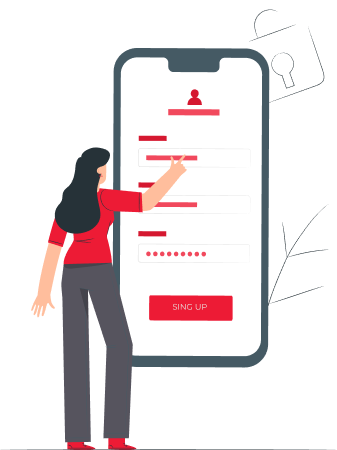Protect your business assets and data with Securityium's comprehensive IT security solutions!

In the era of digital transformation, artificial intelligence (AI) has emerged as a revolutionary force, reshaping industries and redefining the way businesses operate. From personalized recommendations on e-commerce platforms to predictive analytics in healthcare, AI-powered applications are at the forefront of innovation. However, as these applications become more sophisticated, they also become prime targets for cyber threats. With sensitive data and critical processes at stake, ensuring the security of AI-powered applications is no longer optional—it’s a necessity.
This is where the OWASP (Open Web Application Security Project) standards come into play. OWASP, a globally recognized authority on web application security, provides guidelines and best practices to help developers build secure software. When applied to AI-powered applications, OWASP standards offer a robust framework to mitigate risks and enhance trustworthiness.
In this blog post, we’ll explore the intersection of AI-powered applications and OWASP standards, discussing their relevance today, practical applications, challenges, and future trends. Whether you’re a developer, security professional, or business leader, this guide will provide actionable insights to navigate the complexities of AI security.
AI-powered applications are transforming industries by automating processes, improving decision-making, and delivering personalized user experiences. Some key areas where AI is making an impact include:
According to a Gartner report, the global AI software market is expected to reach $126 billion by 2025, reflecting the growing adoption of AI technologies across sectors.
While AI brings numerous benefits, it also introduces unique security challenges, such as:
These challenges underscore the importance of integrating security into the development lifecycle of AI-powered applications. This is where OWASP standards become invaluable.
OWASP is a non-profit organization dedicated to improving software security. It provides resources, tools, and guidelines to help developers identify and mitigate vulnerabilities in web applications. Some of OWASP’s most notable contributions include:
AI-powered applications often share common vulnerabilities with traditional web applications, such as injection attacks, insecure APIs, and insufficient logging. However, they also face unique threats, such as model poisoning and data leakage. OWASP standards provide a comprehensive framework to address both traditional and AI-specific risks.
The OWASP Top 10 is a foundational resource for understanding web application security risks. Let’s examine how some of these risks apply to AI-powered applications:
AI systems often involve complex access control mechanisms. For instance, a healthcare AI application must ensure that only authorized personnel can access patient data. Weak access controls can lead to data breaches and compliance violations.
AI models are vulnerable to injection attacks, where malicious inputs can compromise the system. For example, SQL injection attacks targeting the database feeding an AI model can corrupt its training data.
AI applications rely on third-party libraries and datasets. If these components are compromised, they can introduce vulnerabilities into the system.
The Application Security Verification Standard (ASVS) provides a detailed checklist for assessing application security. For AI-powered applications, ASVS can be extended to include:
APIs are integral to AI-powered applications, enabling data exchange and model interaction. The OWASP API Security Top 10 highlights risks specific to APIs, such as:
In 2019, researchers demonstrated how adversarial inputs could trick an AI-powered image recognition system into misclassifying objects. Implementing OWASP guidelines, such as input validation and model robustness testing, can mitigate such risks.
In 2021, a healthcare provider using AI for patient diagnosis suffered a data breach, exposing sensitive patient information. The breach occurred due to insecure APIs. Adhering to OWASP API Security standards could have prevented the incident by enforcing strong authentication and encryption.
The convergence of AI-powered applications and OWASP standards represents a critical step toward building secure and trustworthy systems. Industries are revolutionized by AI, and robust security measures are essential. By adhering to OWASP guidelines, organizations can not only protect their applications but also foster innovation and growth in a secure environment.
By integrating OWASP standards into the development lifecycle of AI-powered applications, businesses can stay ahead of emerging threats while unlocking the full potential of AI. The future of AI is bright, but it must be built on a foundation of security and trust.
